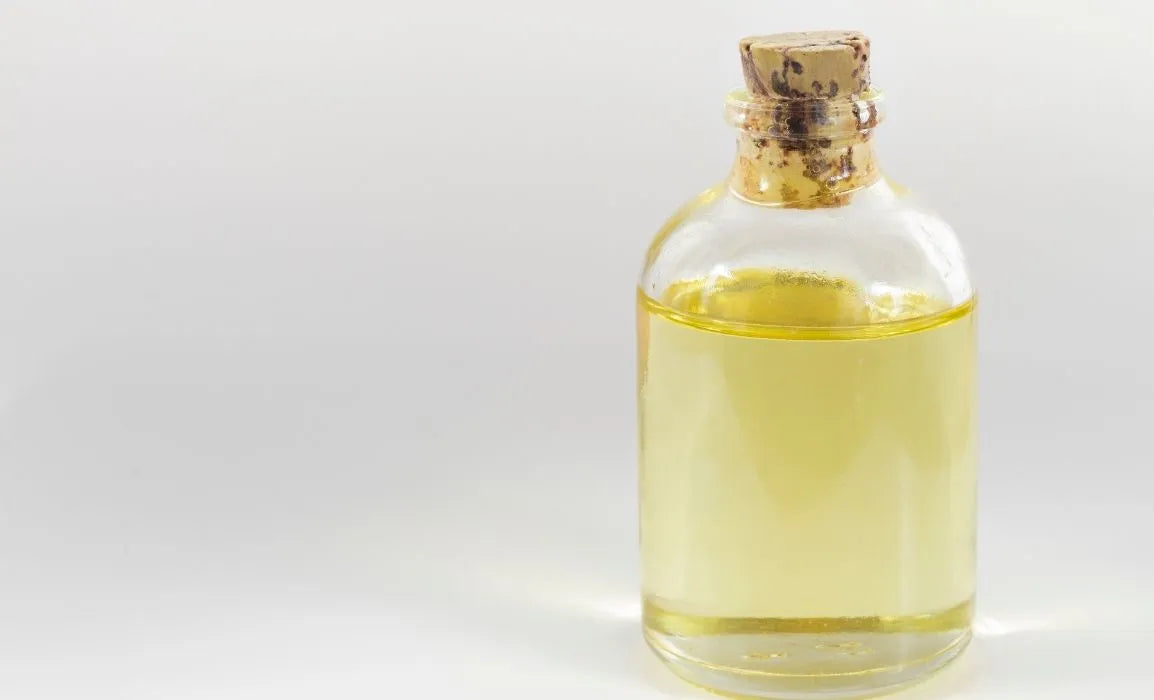Capric Triglyceride in skincare

Introduction
Capric triglyceride or caprylic triglyceride are oil-derived fatty acid glycerol esters or glycerin that incorporate fatty acids obtained from natural resources, especially coconut oil. They are also present in a number of cosmetic and skincare products. The compound might show side effects in some individuals.
What is capric triglyceride?
The ingredient, capric triglyceride, has high applications in cosmetic and skincare products and is commonly manufactured from a mixture of glycerin and coconut oil. Some people might also use its other name capric triglyceride, while others sometimes erroneously refer to it as fractionated coconut oil.
What does capric triglyceride do in skincare products?
The substance capric triglyceride is thick and greasy, making it a very stable compound in terms of use. It anchors to the upper layers of the skin to serve as a moisture-sealing barrier. Furthermore, the compounds assist in preserving the products and giving a subtle highlight to the skin while adding antioxidants to the formulation. There are many true-rich capric triglycerides skincare products such as face creams, body moisturisers, sunscreens, eye creams, anti-ageing serums etc.
Capric triglyceride benefits in skincare
Capric triglyceride has a number of positive effects on the skin or the products that contain it.
- Deeply moisturises: Capric triglyceride is praised for its moisturising effect, since it quickly hydrates and nourishes the skin, making it smooth and soft.
- Enhances absorption: It acts as a carrier oil and enhances the effectiveness of other components, allowing the active compounds to penetrate the skin more effectively while addressing deeper layers of the skin.
- Strengthens the skin barrier: The ingredient helps the natural barrier of the skin which is crucial in maintaining moisture and protection from external irritations, helping to prevent the skin from drying and being damaged by the environment. Read more about the skin barrier.
- Reduces fine lines: Capric triglyceride has beneficial properties that help prevent the appearance of wrinkles and fine lines by stimulating collagen synthesis, which is useful in helping the skin be more elastic and firmer.
- Soothes sensitive skin: It shows no side effects on sensitive skin as it has anti-inflammatory effects assisting in eliminating redness, preventing itching and lessening the amount of irritation one may have-very useful for sensitive skin types.
Precautions while using capric triglyceride
There are several precautions that need to be taken when using a product containing capric triglyceride for skin:
- Watch for sensitivities and allergies: Perform a patch test on sensitive skin, as some people might experience mild irritation or, rarely, an allergic reaction, especially if derived from coconut oil.
- Ensure quality and purity: Use high-quality capric triglyceride from certified suppliers to avoid contaminants and ensure stability.
- Use appropriate concentrations: Capric triglyceride should be used at recommended levels (up to 50%). For oily or acne-prone skin, lower concentrations are usually best to avoid potential greasiness.
- Check for comedogenicity: Though it's typically non-comedogenic, combining it with other ingredients could increase pore-clogging potential, so test for comedogenicity in the final formulation.
- Store properly: Keep away from high heat and light to preserve stability, and ensure compatibility with actives like acids or retinoids in your formulation.
Conclusion
Capric triglyceride is a non-toxic ingredient that is pervasive in most skincare products. Its moisturising properties and antioxidant properties make it beneficial, besides the fact that it is an adjuvant. This versatile ingredient has been working behind the scenes, be it adding a rich texture to the products or giving them a longer shelf life.

